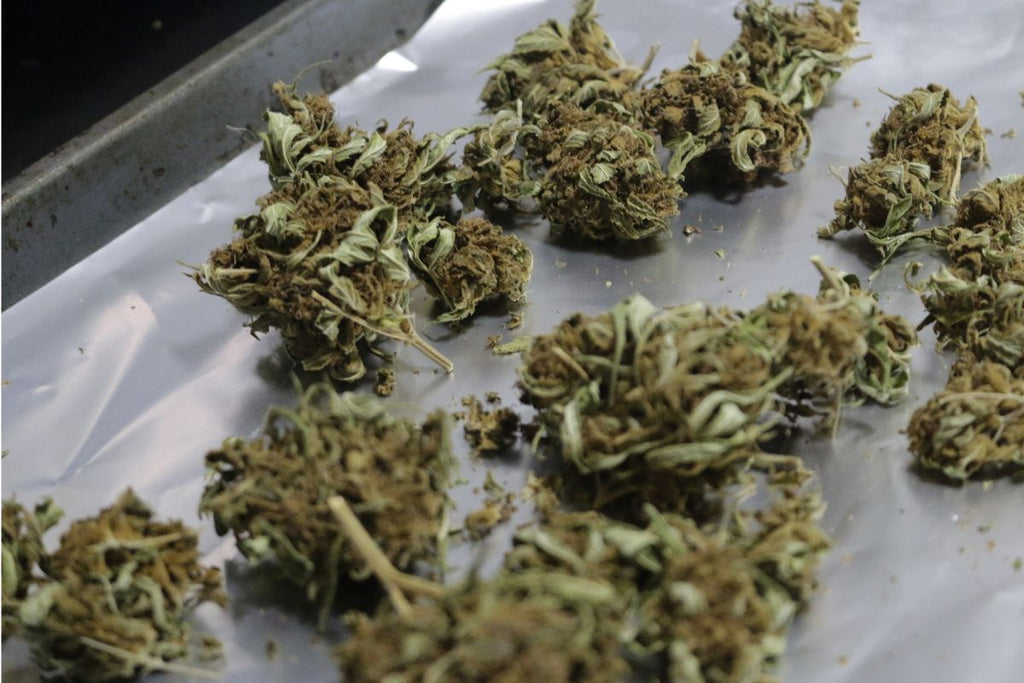
Cannabis enthusiasts and medicinal users alike are well aware of the plant's incredible therapeutic properties. However, to fully harness its potential, proper preparation is key.
Decarboxylation is a crucial step in the process, converting raw cannabis into a more potent and bioavailable form. In this guide, we'll explore what decarboxylation is, why it's important, and how you can do it at home.
What is Decarboxylation? Decarboxylation is a chemical process that removes a carboxyl group from cannabinoids, such as THC and CBD, through the application of heat. In its raw form, cannabis contains THCA (tetrahydrocannabinolic acid) and CBDA (cannabidiolic acid), which are not psychoactive. Decarboxylation transforms these acidic cannabinoids into their active counterparts, THC and CBD, unlocking their therapeutic effects.
Why is Decarboxylation Important? Decarboxylation is essential for fully activating the medicinal and psychoactive properties of cannabis. When cannabis is smoked or vaporized, decarboxylation occurs naturally through the application of heat. However, when preparing edibles or tinctures, this process must be done intentionally to ensure the desired effects.
Step-by-Step Guide to Decarboxylating Cannabis:
-
Gather Your Materials:
- Cannabis buds or trim
- Baking sheet
- Parchment paper
- Oven
- Grinder
-
Preheat Your Oven:
- Preheat your oven to 240°F (115°C). This temperature is ideal for decarboxylation without risking the loss of cannabinoids.
-
Grind Your Cannabis:
- Grind your cannabis using a grinder. This increases the surface area, allowing for more efficient decarboxylation.
-
Prepare the Baking Sheet:
- Line a baking sheet with parchment paper. Spread the ground cannabis evenly across the sheet, ensuring a thin layer.
-
Decarboxylate in the Oven:
- Place the baking sheet in the preheated oven for approximately 30–45 minutes. Monitor the process to avoid over-decarboxylation, which can degrade cannabinoids.
-
Stir Occasionally:
- To ensure even decarboxylation, stir the cannabis every 10-15 minutes.
-
Check for Readiness:
- The cannabis should turn a light golden brown when ready. You'll also notice a distinct aroma. Be cautious not to burn it, as this can lead to a loss of potency.
-
Cool Before Use:
- Allow the decarboxylated cannabis to cool before using it in your preferred recipe. This ensures that the cannabinoids are stabilized and ready for consumption.
Decarboxylating cannabis is a straightforward yet crucial step in preparing edibles, tinctures, and other cannabis-infused products. By understanding the science behind decarboxylation and following these simple steps, you can unlock the full potential of cannabis, providing a more potent and effective experience for both recreational and medicinal users.
Enjoy your journey into the world of enhanced cannabis experiences!